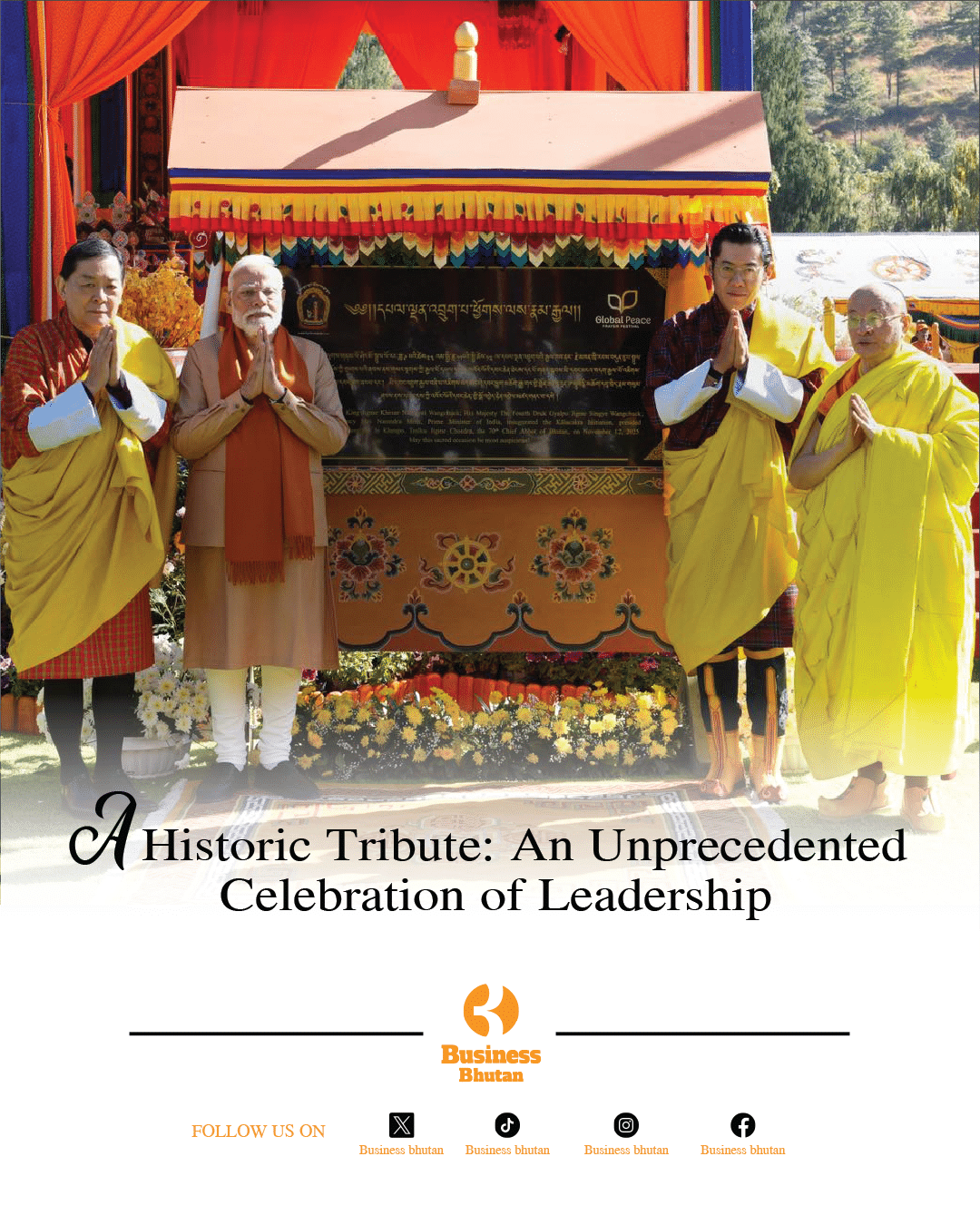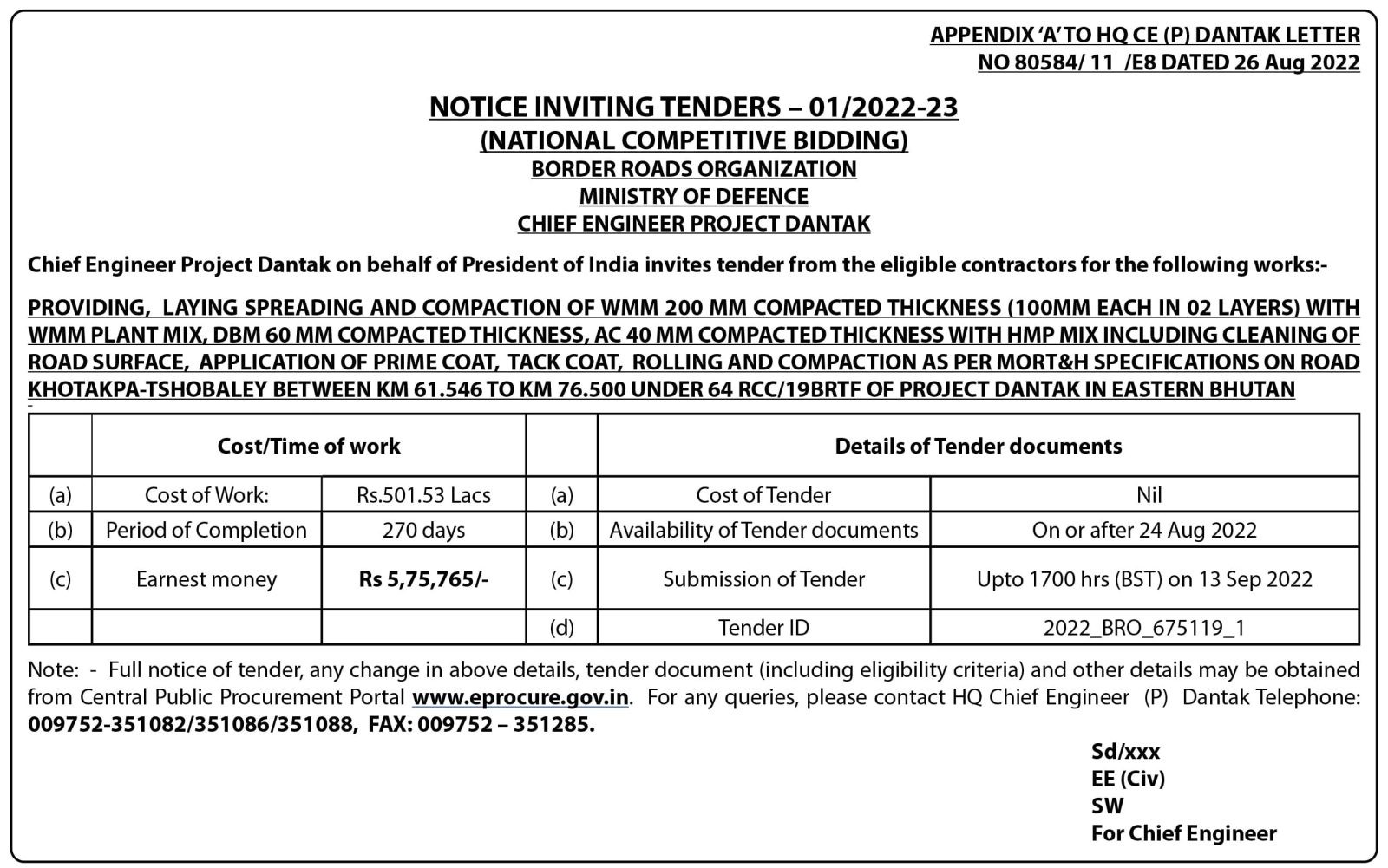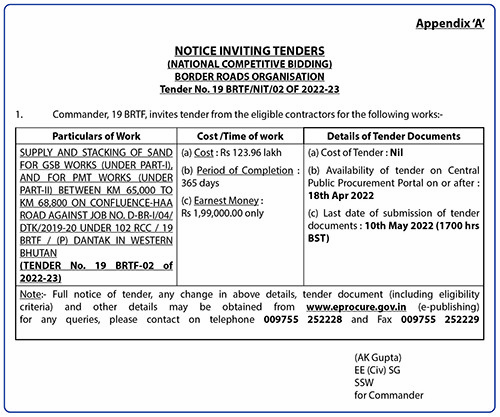International students, including Bhutanese see a silver lining
From several, a new section as Australia changed its Immigration Policy was changing the age. Under the new policy, the maximum eligible age for international students to get a temporary graduate work visa was reduced from 50 to 35 years old. It was to take effect from July 1st, 2024, and would exclude all international students studying in Australia who are over 35 from being able to apply for the 485 graduate visas. However, there is a glimmer of hope as a petition has been filed against it.
Titled Petition EN6198 – Transition Period for 485 Visa over 35 years of age, the Petition Reason reads. “The proposed government laws, which will take effect on July 1, 2024, will exclude all international students studying in Australia who are over 35 from being able to apply for the 485 graduate visa. This will cause serious financial and emotional harm to thousands of international students who are already in Australia studying, expecting they will have access to a working visa when they finish their studies.”
It says that many students have planned and counted on gaining the postgraduate working visa for many varied reasons. “For many, it is an essential requirement to gain their skill assessments for migration purposes, for others who need Australian work experience to gain specific licences, and for others who depend on gaining meaningful Australian work experience,” the petition reads.
The petition says this is not the right way “to treat our international visitors who contribute significantly to our economy.” “These law changes will not only crush the dreams and hopes of the people we wanted to attract to Australia. It also creates a reputation for Australia that you cannot trust what the Australian government offers to international students. In particular, this law impacts highly talented PhD students, most of whom are over 35.”
The Petition’s request “asks the House to introduce a transition period for these laws to take effect.” “Those international students who had already arrived and began their courses in Australia before the announcement should be allowed to apply for the Graduate 485 up to the age of 50. Whenever their course is completed, this transition arrangement should remain in effect,” it reads.
The petition will close on 12th June 2024, 07:59 PM (AEST).
Meanwhile, a Bhutanese from Perth said she does not see any change coming. “It appears that the rules made in 2023 will stand and I will have to go back,” she said.
Another Bhutanese said there is a little glimmer of hope. “If several citizens have signed the government may consider. But if the signatories are from other countries, I do not think anything will change,” he said.
Karma Chophel, also studying in Perth said the Petition Request is to introduce a transition period for these laws to take effect. They are petitioning that international students who had already arrived and began their courses in Australia before the announcement should be allowed to apply for the Graduate 485 up to the age of 50 and that whenever their course is completed; this transition arrangement should remain in effect. “ I do not know how many Bhutanese would be affected by this, but thousands from countries like India, Indonesia and others will be affected,” he said, adding that these international students are hoping that the petition will be accepted.
A petition to the House of Representatives (the House) is a request for the House to take action on something that it, or the Federal Government, is responsible for. Other people can show their support for a petition by signing it. Petitions can be electronic (e-petitions) or in hard copy (paper petitions).
According to Australian law, e-petitions and paper petitions work a bit differently. E-petitions must be approved by the Petitions Committee before signatures can be collected. Paper petitions can collect signatures first, and then they go to the Committee for approval. The ongoing petition is E-petition.
However, both types of petitions must meet the rules to be approved, which begin by submitting an e-petition request.
Once submitted, the Petitions Committee will decide if it meets the rules. If the rules are met, it will be certified and published on the petitions list for 4 weeks for people to sign. If the e-petition does not meet the rules it will not be published and people cannot sign it.
If the e-petition meets the rules and has been certified, it will be published on the petitions list for 4 weeks for people to sign. The e-petition will have its own webpage and one can share a link to this page for people to sign and share.
After the e-petition has closed for collecting signatures, it will be presented in the House of Representatives (the House). This is usually done by the Petitions Committee Chair each Monday that the House meets.
Further, one may ask another Member of Parliament to present your e-petition instead. Those filing the petition will need to make these arrangements and let the Committee Secretariat know if this is going to happen.
If a petition receives 50 or more signatures, it will usually be referred to a Minister. The Minister is then asked to provide a written response to the request in the e-petition. The Minister is asked to respond to your e-petition within 90 days, while it can take longer sometimes. .
When a response to the e-petition is received, it must be seen by the Petitions Committee. The Committee usually meets to see responses each week that the House of Representatives meets.
After the Committee has seen the Minister’s response to the e-petition, it must get presented in the House of Representatives (the House). This is done by the Petitions Committee Chair every Monday that the House meets.
When the response to the e-petition has been presented it will be published on the webpage for your e-petition. One will get an email when this has been done with a link to a copy of the response. This is the final stage for e-petition.
Further, the petition must give a reason for why the request is being made. The petition reason must not include URL’s or attachments. The petition must ask for something that the House of Representatives (the House) can do.
This is usually something that the Federal Government is responsible for and not something that is the responsibility of a state or territory government or a local council.
Further, the petition must use good language that is moderate. Together, the reason for the petition and petition request must not be more than 250 words.
E-petitions can collect signatures online for 4 weeks from the date the e-petition is approved by the Committee. This timeframe cannot be changed.
Each person that signs your e-petition (including yourself) must confirm that they are a citizen or resident of Australia. A Member of Parliament cannot create or sign a petition.
KEY POINTS
- From 1 July, the age limit for applying for the Temporary Graduate Visa Class 485 will be reduced from 50 to 35.
- Affected students say academic and industry experience prerequisites for some doctoral programs will make meeting the new age requirements very difficult.
- In 2022, 40 per cent of PhD students in Australia were aged 30 and above.
By Ugyen Tenzin, Thimphu
















